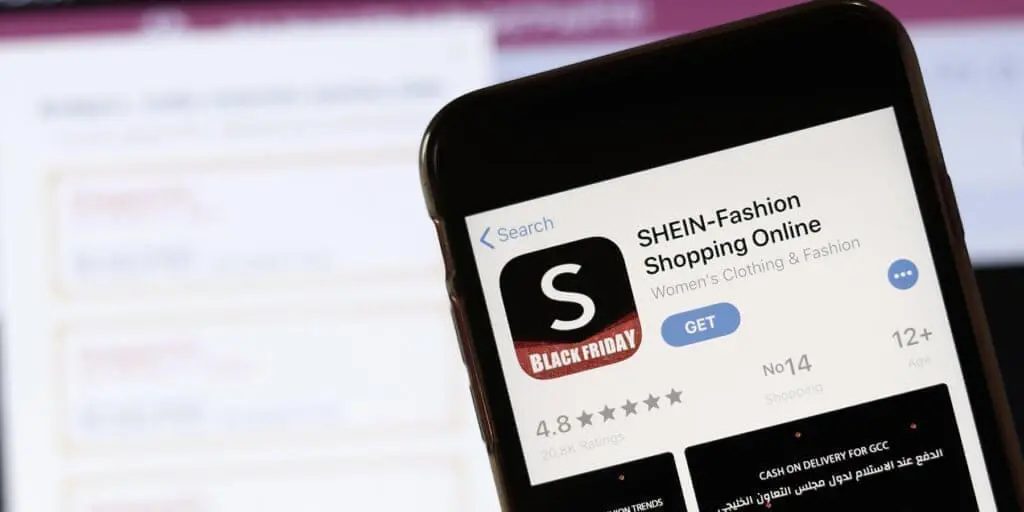- The specialist said Shein’s customer profile includes women, young people and those who like “sexy clothes and pursue Y2K fashion, involving consumption scenarios like street photography, staged photography, parties and clubs”. It updates stock keeping units (SKU) according to the commodity calendar in various regions, we heard.
- The specialist told us Shein’s offering is divided into standard and non-standard products. The latter products have different sizes, which they said are mainly apparel. Women’s wear accounts for 60-70% of gross merchandise value (GMV) and men’s and children’s wear for 10-20%, we were told. The specialist added that accessories and cosmetics account for a lower proportion of Shein’s GMV.
“The download volume of Shein’s mobile and PC apps keeps increasing annually and has reached 300 million downloads. It is said that Shein surpassed Amazon.com in the shopping app field last year.”
- Shein launches 5,000-8,000 SKUs daily, we were told. This includes approximately 50-60% of original and semi-original SKUs as well as 40% of SKUs which are derivatives of existing best-selling products.
- Shein uses supplier information management systems, product lifecycle management systems and warehousing management systems, according to the specialist. They said it usually keeps a 15-to-20-day safety inventory, and its system will automatically place orders for inventory replenishment according to the given template and SKU characteristics.
- Meanwhile, the specialist said Shein cooperates with approximately 20,000-30,000 original design manufacturers, 1,000-2,000 original brand manufacturers and 500 free-on-board (FOB) factories. The FOB factories have been scaling up their production and processing capacity, we were told, to meet Shein’s product capacity demand.
For more human insights on Shein, click on the transcript below.
The information used in compiling this document has been obtained by Third Bridge from experts participating in Forum Interviews. Third Bridge does not warrant the accuracy of the information and has not independently verified it. It should not be regarded as a trade recommendation or form the basis of any investment decision.
For any enquiries, please contact sales@thirdbridge.com



